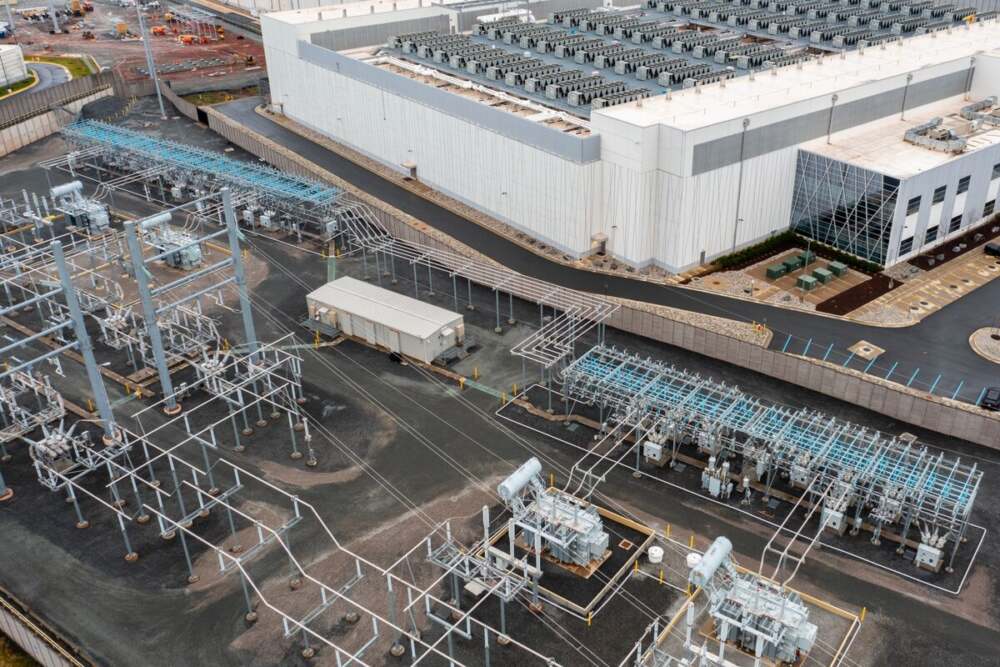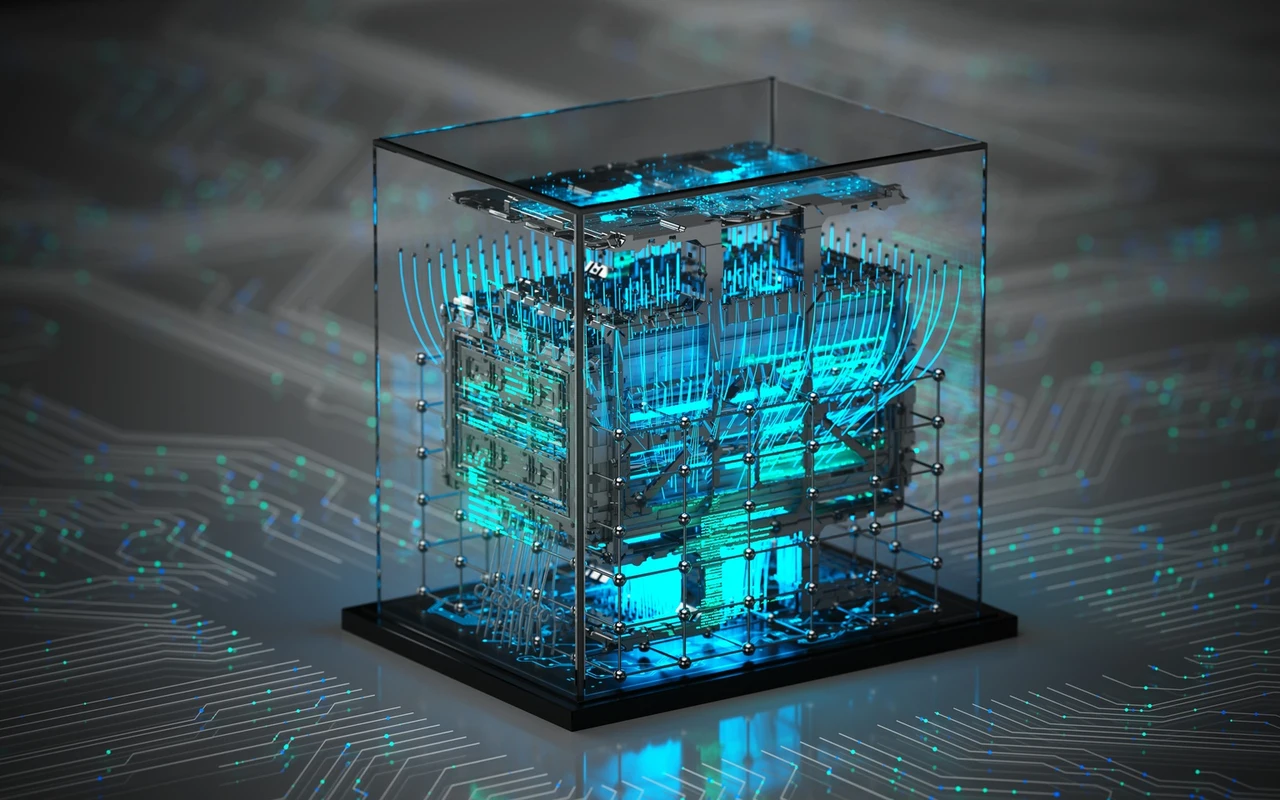Across the United States, a silent transformation is underway — one powered not by oil rigs or wind farms, but by data centers. As the digital economy surges and artificial intelligence becomes central to modern life, these massive facilities are consuming unprecedented amounts of electricity. Yet while many Americans are seeing their power bills rise, experts say the connection between data centers and higher electricity prices isn’t as straightforward as it seems.
The Digital Engines of the Modern World
Data centers have become the beating heart of the global economy. They store the world’s information, run financial transactions, and power everything from streaming services to AI chatbots. Each center houses tens of thousands of servers, requiring not only continuous energy but also constant cooling to prevent overheating.
The U.S. now hosts more than 2,000 large-scale data centers, with new projects planned from Virginia to Texas. Industry analysts estimate that they could soon consume more than 10% of the nation’s total electricity, up from about 4% just five years ago. This growth has prompted public debate: are these digital giants pushing up the cost of power for everyday households?
The Complex Relationship Between Data and Dollars
Recent research suggests that while data centers are undeniably large consumers of electricity, they are not necessarily the main reason Americans are paying more for power. In many states, electricity prices have climbed not because of excess demand, but because of aging infrastructure, rising transmission costs, and the need to protect power grids from increasingly extreme weather.
Utilities are spending billions on upgrading power lines, modernizing substations, and reinforcing grids against hurricanes, wildfires, and floods. These investments, combined with inflation and regulatory shifts, are contributing to higher utility rates nationwide.
Ironically, in areas where data center construction is booming — such as Northern Virginia and parts of the Midwest — some utilities have reported stable or even lower electricity prices per kilowatt-hour. This is because the fixed costs of maintaining the grid can be spread across a greater total energy demand. In short, more electricity sold can mean lower costs per unit — at least in the short term.
Where the Pressure Points Are Emerging
Still, there’s reason for concern. As AI technology grows, data centers are no longer the modest facilities of a decade ago. Modern server farms for AI training use vastly more electricity per square foot, and several regions are already reaching grid-capacity limits.
For instance, parts of the South and Midwest have begun to experience local bottlenecks, forcing utilities to consider new natural gas plants or renewable expansions to keep pace. Building these new resources costs billions — and those costs eventually filter down to consumers.
Energy analysts also warn that local communities near major data center clusters may face rising rates if grid upgrades are funded through general customer charges rather than by the companies themselves. This is especially true in deregulated markets where utilities have less authority to negotiate separate tariffs for large corporate users.
The Hidden Costs of Keeping the Internet Running
It’s not just the power demand that makes data centers costly — it’s the infrastructure they require. A single hyperscale data center can consume as much electricity as 50,000 homes and draw millions of gallons of water each day for cooling.
The construction of transmission lines, water pipelines, and substations dedicated to these centers can strain public utilities that are already stretched thin. Some experts argue that if data centers paid a fairer share of these upgrades, household customers would be shielded from rate increases. Others counter that these facilities create thousands of jobs and stimulate local economies, offsetting some of their environmental and financial costs.
Climate Change and the Cost of Reliability
One major factor driving electricity price increases has nothing to do with data at all: climate change. As heatwaves intensify, air conditioning demand surges, forcing utilities to run more power plants and invest in peak-capacity systems that sit idle much of the year.
Storm damage has also become a massive financial burden. From wildfires in California to hurricanes in the Southeast, the costs of grid repair and hardening are soaring. In many states, regulators have approved rate hikes to allow utilities to recoup these expenses — often passing the cost directly to customers.
In this context, data centers are just one more player in an already strained system — a high-profile one, but not necessarily the primary driver of rising prices.
Balancing Innovation and Sustainability
The future of America’s energy system depends on how well the country can balance technological progress with environmental responsibility. Companies like Google, Amazon, and Microsoft have pledged to power their data centers with renewable energy, investing billions in wind and solar farms. However, even these clean-energy solutions come with challenges.
Renewable power is intermittent, meaning data centers still need backup electricity from fossil fuel plants or large-scale batteries. The transition to fully green energy remains years away, and in the meantime, power grids are being forced to evolve faster than ever.
A Crossroads for Policymakers
Policymakers now face tough decisions:
- Should utilities be allowed to pass grid upgrade costs onto all consumers, or should large corporate users shoulder more of the burden?
- Can the federal government incentivize renewable buildouts fast enough to offset rising demand from AI and cloud computing?
- And how can regulators ensure that households in low-income regions aren’t left behind as energy costs rise?
Experts say the answer lies in better planning. Anticipating future demand, designing smarter pricing models, and investing early in renewable infrastructure could help prevent sudden shocks to the system.
The Road Ahead
Electricity demand in the U.S. is expected to grow faster in the next decade than it has in the previous thirty years combined — largely due to the rise of digital infrastructure, electric vehicles, and manufacturing electrification. Data centers will undoubtedly play a key role in that surge.
Whether they become villains or catalysts for modernization depends on how well utilities, regulators, and tech companies coordinate. If managed wisely, data centers could help finance new renewable energy projects and stabilize grid economics. But if the pace of growth outstrips planning, Americans may find themselves paying more not just for convenience, but for every byte of the digital age.
















Leave a Reply